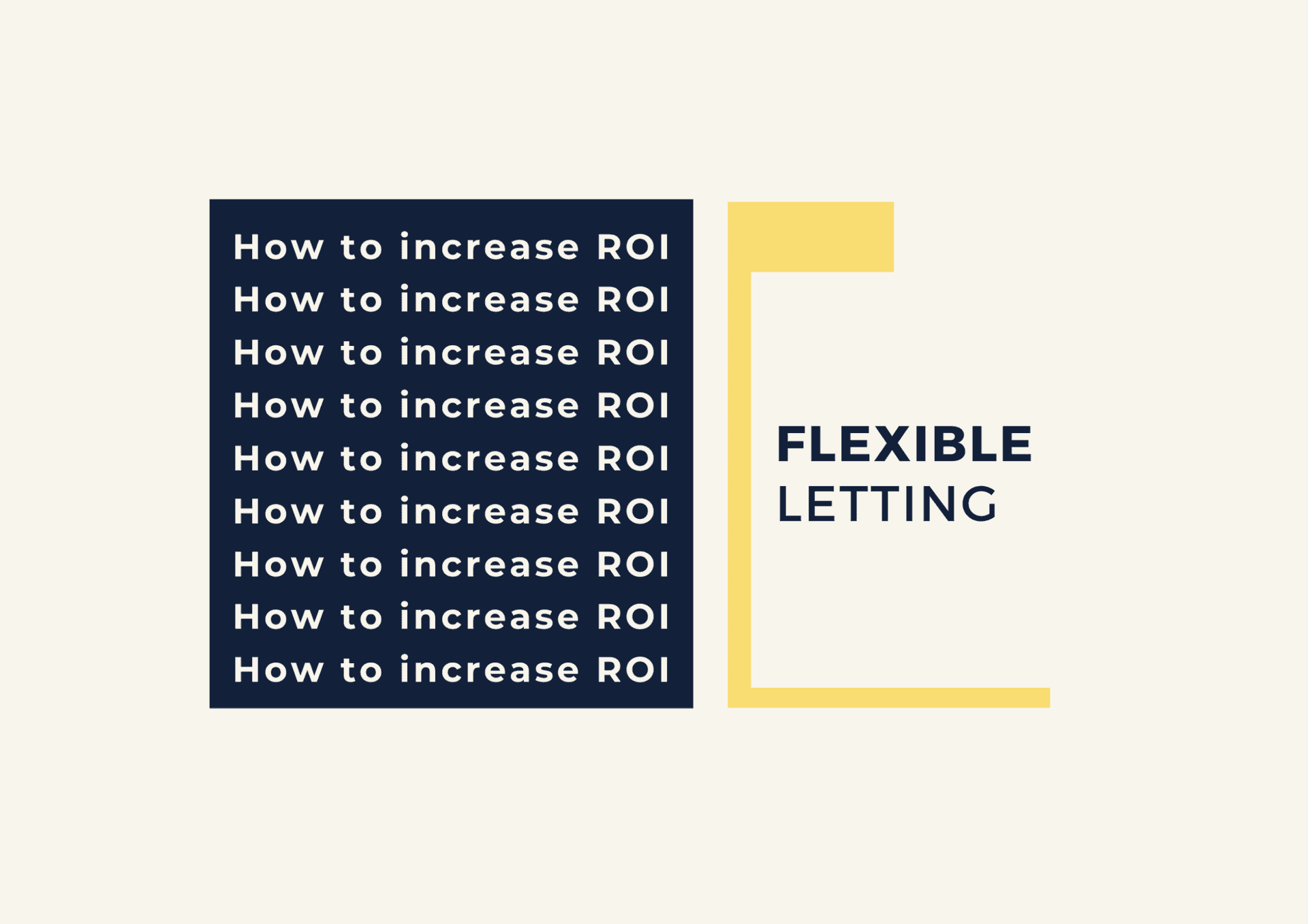Share post:
Flexible letting is an effective strategy that can maximise the rental revenue of your portfolio. It’s a unique way of combining different letting methods to take advantage of the ever-changing demands in the rental market.
At City Relay, we’ve seen how property owners experienced significant growth in their rental revenue after switching to flexible letting.
We have one 2-bedroom unit in Notting Hill enjoying a gross ADR (average daily rate) of £689 in 2 months. Throughout the year, this property enjoyed a rental revenue of £64k for an accumulated 153 nights worth of bookings.
Another 2-bedroom property near Pimlico station generated £11,799 in revenue after accumulating 42 nights of bookings. These are only a few properties managed by City Relay that improved their rental income after switching to flexible lettings.
How exactly does it happen?
In this article, you’ll discover how City Relay uses flexible letting to improve and increase the revenue potential of rental properties. We’ll divulge valuable information that you can use to decide if flexible letting is the right strategy to use for your portfolio.
What is Flexible Letting?
Flexible letting blends 3 types of strategies: short-term, mid-term and long-term.
- Short-term rentals: 1 week to 3 months
- Mid-term rentals: 3 months to 6 months
- Long-term rentals: 6 months or more
City Relay uses state-of-the-art technology and a keen eye on current market trends and demands to determine the right letting method to use at a particular time. For instance, a property near universities and other educational institutions can use long-term letting during the school term. Once the term ends, the property can be converted into a short let so travellers can rent it for a week or so during the 2-month term break.
The City Relay platform is useful in analysing historical data and tracing patterns to determine when it’s the perfect time to use short-term, mid-term or long-term letting. It also monitors location-specific rules to keep properties compliant while maximising rental returns.
Take London as an example. The colder season minimises the demand for short lets. Through flexible letting, properties can switch to mid-term or long-term letting to keep the property earning. The same is true once the property reaches the 90-day short-term letting limit. Property owners can still earn rental income despite the restriction.
While short-term, mid-term and long-term letting are all effective, they’re limited independently. Combining these three and using technology to determine the perfect timing to switch can bring maximum returns and boost a property’s performance. It can provide valuable insights so property owners can achieve significant portfolio growth.
Why is Flexible Letting Very Effective as a Strategy?
Flexible letting is the perfect strategy to use at the moment because of specific conditions in the rental market in London.
One of these conditions is the Renters Reform Bill. This law includes stipulations like the 90-day short-term letting limit. As explained, the flexible letting method allows property owners to switch to another letting strategy once the short-term limit is reached.
Another factor to consider is the cultural shift in the way people live and work. After the pandemic, people recognised the appeal of flexible living. They crave products and services that cater to their evolving needs. The real estate industry is no exception. Flexible letting provides a way for the property market to meet evolving market demands.
5 Ways Flexible Letting Maximises Rental Revenue
Based on the data gathered by City Relay, we found 5 ways flexible letting effectively maximise rental revenue.
Diverse revenue streams
The different tenant preferences and market segments open opportunities to enjoy diverse revenue streams. No matter what the guest or resident requires, flexible letting can accommodate them.
The data we gathered through flexible letting shows that some short-term letting can go as long as 6 months while some long-term residents prefer a month-on-month letting agreement. Our estimates also suggest that mid-term lets get 15% more yields compared to traditional 12-month contracts.
Flexibility allows you to reap the benefits of each type of letting depending on the current market demand.
Increase in occupancy rates
Of all the three letting methods, short-term letting has the higher rental rate per night. However, it’s restricted by the 90-day short-term letting limit. Instead of leaving the property vacant, there’s an option to look for residents willing to book longer stays. This means switching to mid-term or long-term letting.
This is effective in increasing occupancy rates. In fact, after using flexible letting, we’ve seen a rise in occupancy rates – almost more than double for the rest of the London market.
Lower vacancy periods
With more letting options and higher occupancy rates, it’s not surprising that flexible letting can also lower vacancy periods.
At City Relay, we’ve seen an increase in the average length of stay for short-term lets compared to pre-pandemic levels. In some months, the average length of stay grew by more than 2 weeks. We’ve also seen a notable rise in last-minute bookings. The increase in short-term letting demand shows a lower vacancy rate and the rising need for flexible solutions in the rental market.
Adaptable to market trends
The London rental market is quite volatile. The ever-changing tenant preferences are tied to the market demand and property owners and landlords have to remain adaptable to keep their rental revenues high.
This adaptability is the very nature of flexible letting. Through technology, City Relay uses flexible letting to adapt to the changing market conditions so the right rental strategy can be used to maximise rental yields.
Dynamic pricing strategy
Switching from one letting strategy to another requires a different pricing approach. Our smart technology also allows us to implement a dynamic pricing strategy that matches the right rental rates with optimal occupancy throughout the year. It takes into consideration the peak and off-peak seasons, market fluctuations, holidays and term breaks.
This allows landlords to enjoy competitive rates regardless if it’s a slow period.
How City Relay Helps with Flexible Letting
Implementing flexible letting requires planning and careful strategy. It’s proactive by nature so you need to do in-depth research and find the right tools to help make your letting strategies adaptable.
At City Relay, we understand the need to monitor and keep track of market trends to apply dynamic pricing and letting strategies. We are committed to helping landlords make the most of their investment properties by combining industry and London expertise with smart technology and first-class services.
Our goal is to help investors avoid lengthy and time-consuming admin work through premium property management services. The technology we use, Opago, provides real-time information that property owners and landlords can access. This provides an overview of the property’s performance including booking schedules, maintenance costs, payment collections, etc.
We also provide in-house cleaning and maintenance services to ensure a positive guest experience and to preserve the premium condition of your property.
City Relay will give you the tools and resources you need to make informed decisions that will affect your portfolio. You can trust our effective strategies to improve your property’s occupancy rate and rental income potential.
If you want to know more about how City Relay can use flexible letting to maximise your rental income, contact us. You can also get a free rental estimate now and we’ll get in touch with you shortly.













